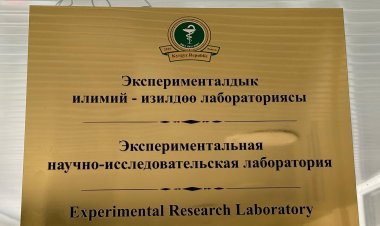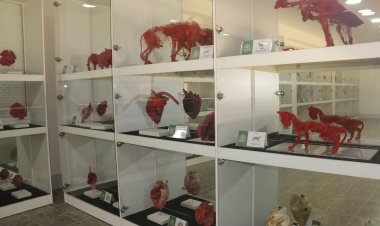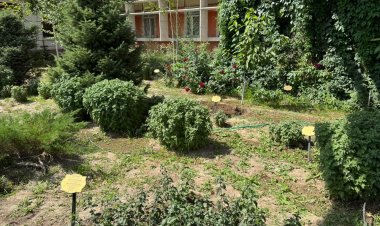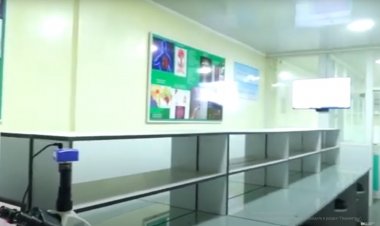Vivarium
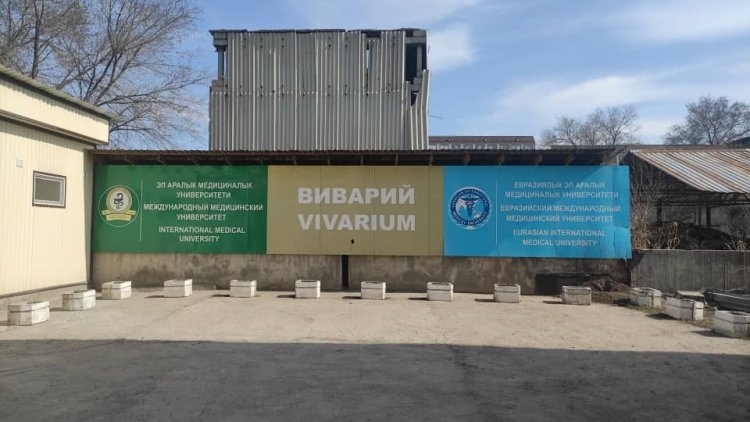
The Vivarium of the Eurasian International University is a specialized facility designed for the housing, breeding, and use of laboratory animals for educational and scientific purposes.
Key Features and Functions:
-
The vivarium is intended for the breeding and use of rabbits, rats, mice, and other small animals in experimental and academic activities.
-
It also functions as a breeding center, ensuring a steady supply of laboratory animals.
-
Fully meets the educational needs of the medical field and is one of the university's 12 teaching and experimental laboratories, alongside physiology, pathophysiology, microbiology, histology, and others.
-
Provides conditions that comply with standards of humane treatment and biosafety, as confirmed by accreditation from Sapattuu Bilim and other international bodies.
-
It is an integral part of the university's scientific and educational infrastructure, forming part of the Morphological Laboratory Center, and plays a significant role in training both medical students and researchers.
How It Works and What It’s For:
-
Education: Medical students use animals in the vivarium for practical training in pharmacology, physiology, and pathophysiology, gaining hands-on experience with disease models and research methods.
-
Research: Faculty members conduct preclinical studies, evaluate the effects of new treatments, and investigate physiological responses, pathogenesis, and more.
-
Practice: The vivarium is closely connected to the university clinic and morphological center, enabling a wide range of examinations and experiments.
Why It Matters:
-
Provides future doctors and biologists with high-quality, practical training.
-
Supports the advancement of scientific research, particularly in pharmacology and pathophysiology.
-
Represents an essential component of an internationally accredited and recognized educational infrastructure.

